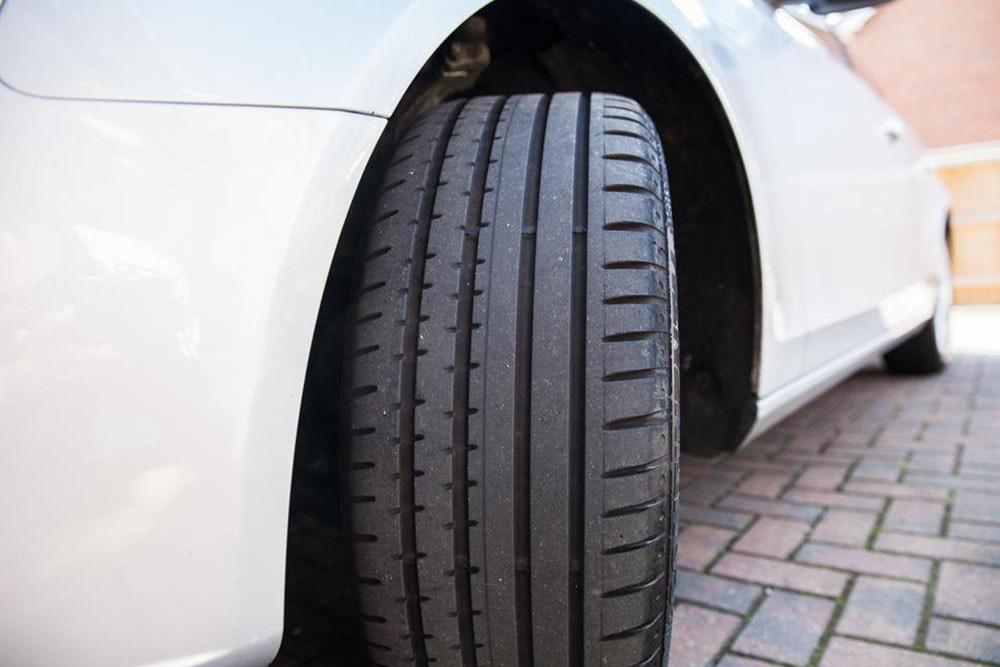What to look for when buying winter tires
Winter tires are made with special rubber compounds that are designed to perform well in cold climates, where temperatures can drop minus 30 degrees. However, buying winter tires can be quite expensive. It has become difficult to choose the right set of tires as there is a wide range of brands offering the same product.
The tread depth, tread pattern, and tread compound used are the three essential factors that influence a tire’s performance on different types of surface.

Here are a few things you should consider before you purchase winter tires.
Check the logo
Winter tires will have a logo that indicates they have been designed to meet snow traction and performance requirements set as per the industry norms. The logo may vary according to a brand or tire manufacturer.
Install winter tires at the right time
Timing is crucial as winter tires are specifically designed to be used when temperatures drop below zero degrees Celsius. The special materials and compounds allow for flexibility in extremely cold driving conditions to maintain maximum grip and traction.
Road conditions
Winter tires are designed to perform well and provide grip on unplowed snow, slush, and ice-covered surfaces. Check the road conditions to find out which winter tire compounds are best suited for specific driving conditions.
Check the tread pattern
A wider tread pattern will provide better grip on heavy snow surfaces. Flexibility is the key as wider tread tires will have more traction on deep snow surfaces.
Know the type of vehicle
Tires will differ depending on the make and model of your vehicle. Ice radials and snow treads are the two main types of winter tires. Ice radial tires are designed to provide good traction on light ice-covered surfaces while snow treads provide grip and enhanced performance on heavy snow-covered surfaces.
Change all tires
When you are switching from all-season tires to specific winter tires, change all four tires. Do not mix and match with two new and two old tread tires as the varying depths will cause issues when it comes to stability and performance.
Check durability and warranty
Most tire brands will manufacture winter tires that are designed to last for 6200 miles of driving per season on an average. The durability will vary depending on the tire manufacturer.




